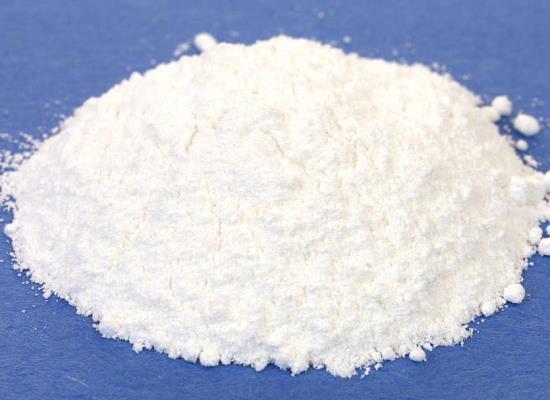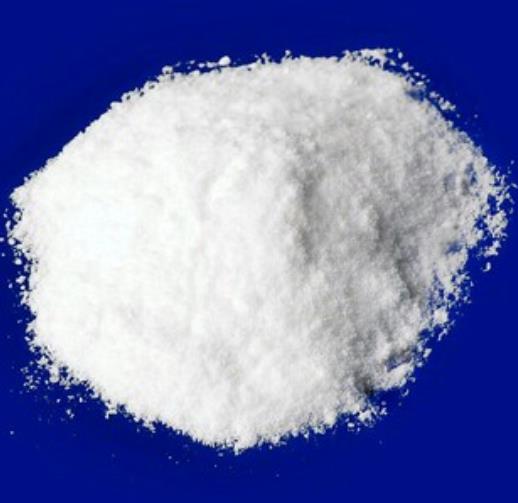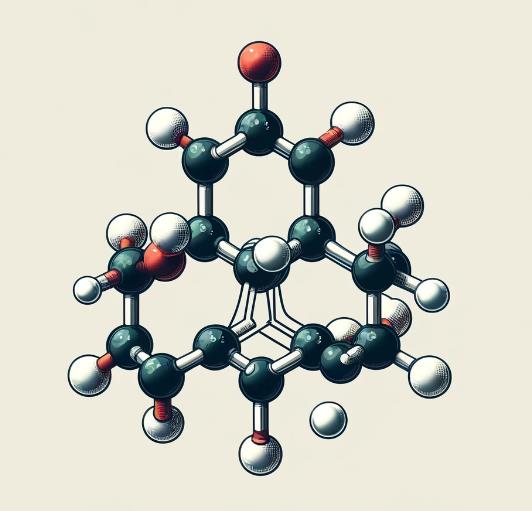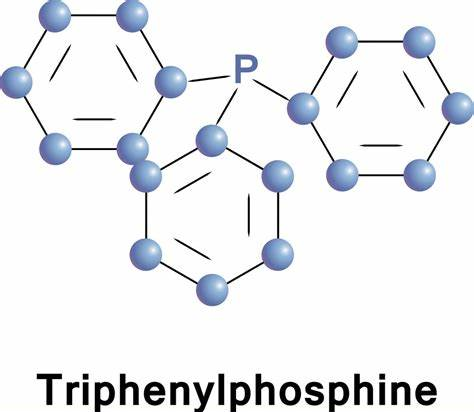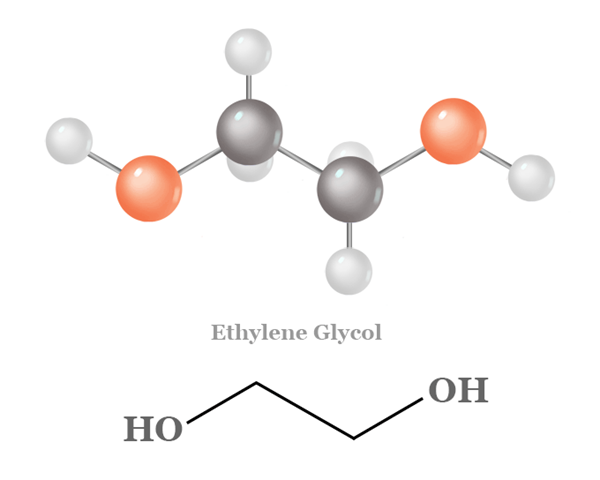Active Pharmaceutical Ingredients (API), popularly speaking, are the raw materials of medicines, only pharmaceutical raw materials are processed into pharmaceutical preparations , can they become medicines available for clinical use, so drugs we usually eat are the finished drugs through processing. Active Pharmaceutical Ingredients based on its sources can be divided into two major categories ,including chemical synthetic drugs and natural chemical drugs. Chemical synthetic drugs can be divided into organic synthetic drugs and inorganic synthetic drugs. Inorganic synthetic drugs are inorganic compounds ( very few is element), such as aluminum hydroxide, magnesium trisilicate which are used for the treatment of gastric and duodenal ulcers ; organic synthetic drugs are mainly composed of drugs made by basic organic chemical raw materials, through a series of organic chemical reactions (such as aspirin, chloramphenicol, caffeine, etc.). Natural chemical drugs ,based on its sources,can be divided into two categories including biochemical drugs and plant chemical drugs. Antibiotics are generally made by the microbial fermentation, which belongs to the biochemistry category. A variety of semi-synthetic antibiotics occurs in recent years,which are biosynthesis and chemical synthesis combining products.Among active Pharmaceutical Ingredients, the organic synthetic drugs varieties, yields and values have the largest proportion,which are the main pillars of the chemical and pharmaceutical industries. The quality of active Pharmaceutical Ingredients decides whether the formulation is good or bad , so its quality standards are very strict ,countries in the world have developed national pharmacopoeia standards and strict quality control methods for its widely used active Pharmaceutical ingredients.
Cesium Carbonate Promoted Direct Amidation of Unactivated Esters with Amino Alcohol Derivatives
Cesium carbonate is a white hygroscopic powder that is readily soluble in water.
Apr 17,2024 APIPotassium tert-butoxide: physicochemical property and Application
Potassium tert-butoxide is also known as Potassium 2-methylpropan-2-olate or t-BuOK.
Apr 17,2024 APIWhat is ectoine used for?
Ectoine is a superior moisturizer with long-term efficacy and an active ingredient in skincare and sun protection products.
Apr 17,2024 APIBis(3',5')-cyclic diguanylic Acid: Physiological Activities, Synthesis and Degradation
Bis(3',5')-cyclic diguanylic acid regulates bacterial and eukaryotic processes, synthesized by cyclases and degraded by phosphodiesterases.
Apr 17,2024 APIRoscovitine: Overview and Preclinical Studies
Roscovitine, a potent CDK inhibitor, shows promising anticancer effects and therapeutic potential in kidney diseases and inflammatory disorders in preclinical studies.
Apr 17,2024 APIExploring the Versatile World of 9,9-Bis(methoxymethyl)fluorene: Properties, Applications, and Handling
In the dynamic world of chemical compounds, 9,9-Bis(methoxymethyl)fluorene stands out as a compound of increasing significance.
Apr 17,2024 APIUnlocking the Secrets of Lenacil: A Deep Dive into its Production, Applications, and Safety in the Chemical Industry
Lenacil, a lesser-known yet significant player in the chemical world, has garnered attention for its unique properties and applications.
Apr 17,2024 APIThe health benefits of Citric acid
Citric acid is a tricarboxylic acid, which is widely used in various industrial fields such as pharmaceuticals, food, chemicals and cosmetics due to its biocompatibility, multifunctionality and green
Apr 16,2024 APIConvenient Synthesis of Triphenylphosphine Sulfide from Sulfur and Triphenylphosphine
Triphenylphosphine (IUPAC name: triphenylphosphane) is a common organophosphorus compound with the chemical formula P(C6H5)3, often abbreviated as PPh3 or Ph3P.
Apr 16,2024 APINovel synthesis of Ethylene glycol: Nexus molecule outputs pure ethylene glycol
The currently dominant approach to ethylene glycol synthesis is grounded in a two-step energy-intensive process that incorporates the generation of ethylene oxide as an integral intermediate step.
Apr 16,2024 API






